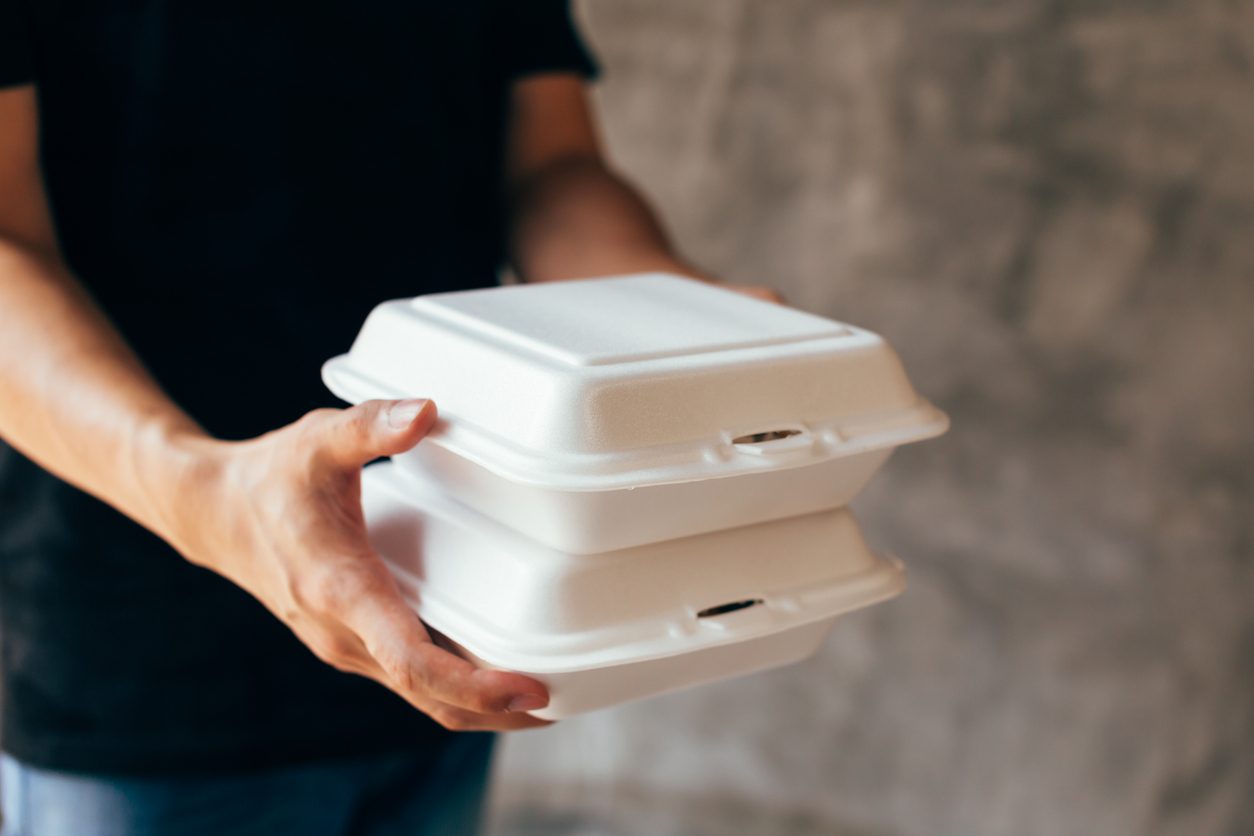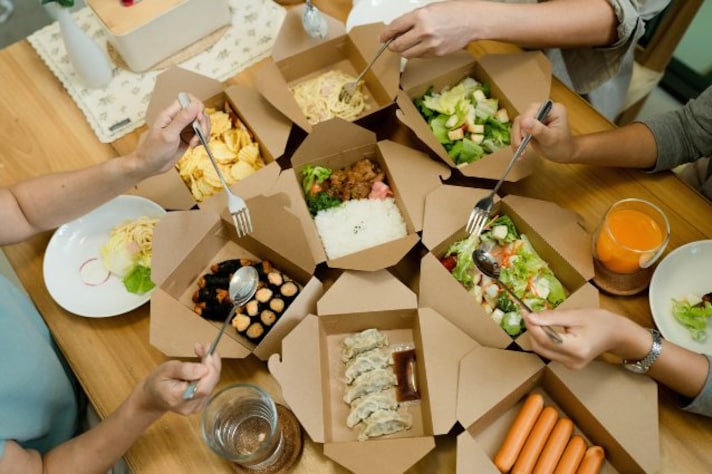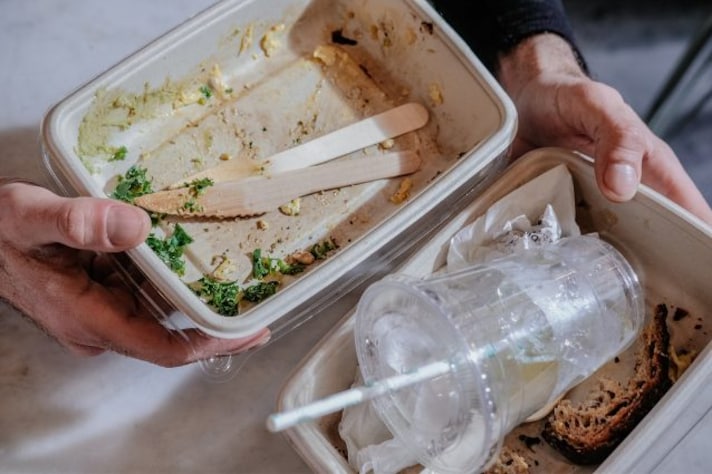How to Recycle Food Takeout Containers: Step-By-Step Guides to Reduce Waste
Recycling takeout containers requires knowing their type: clear plastics (1 or 2), clean cardboard, and aluminum trays are usually recyclable, while greasy cardboard, Styrofoam, and black plastic often aren’t. Always rinse containers, avoid food residue, and don’t mix materials in the bin.
;Resize,width=742;)
The convenience of takeout has become a staple in modern life, especially in the U.S., where busy schedules and tempting menus often lead us to dial up our favorite spots for a quick meal. But with every curry container or pizza box, there’s a pile of waste that many of us don’t think twice about. It’s estimated that food-related waste in the U.S. tops millions of tonnes annually, and takeout containers contribute a fair share to this mountain. What’s worse, many containers that could be recycled end up in the bin simply because we’re unsure how to dispose of them properly. Here’s a guide to clearing up the confusion and doing your part to reduce waste without sacrificing your next Friday-night feast.
How to Recognize a Recyclable Container
Not all takeout containers are created equal, and figuring out whether yours is recyclable can sometimes feel like deciphering a riddle. The first step is to look for the recycling symbol—those three chasing arrows with a number inside. Containers labeled with numbers 1 (PET) or 2 (HDPE) are widely recyclable in the U.S.. These are often clear plastics used for items like salad bowls or drink bottles. On the flip side, black plastic containers, common in Chinese or Indian takeaways, are notoriously difficult to recycle due to their color confusing sorting machines.
If there’s no label, texture and material can provide clues. Rigid plastics are more likely to be recyclable than flimsy ones, and cardboard containers are usually safe bets—provided they’re clean and grease-free. Unfortunately, Styrofoam (polystyrene) containers, despite their ubiquity, are almost never recyclable due to the material’s breakdown challenges. When in doubt, check your local council’s recycling guidelines—they’re often more specific than the general rules.

How to Recycle Common Takeout Containers
Recycling takeout containers isn’t as simple as tossing them in the blue bin. Each type requires special handling to avoid contaminating entire recycling batches. Let’s break it down:
Plastic Containers
Clear and sturdy plastic containers (think salad boxes) should be rinsed to remove food residue before recycling. Any leftover sauce or crumbs can render the batch unusable. Remember to remove lids unless they’re made of the same recyclable material.
Cardboard Boxes
Pizza boxes and noodle cartons are recyclable as long as they’re clean. Greasy cardboard, unfortunately, is non-recyclable because the oils interfere with the paper fibers. Tear off and recycle the clean parts if possible.
Styrofoam
Here’s the bad news: Styrofoam isn’t recyclable in most areas. The best you can do is avoid it altogether or reuse it for non-food purposes like craft projects.
Black Plastic Containers
Black plastic’s recycling fate varies depending on where you live. Some councils now accept it, but it’s often safer to dispose of it in general waste unless you’re sure.
Aluminum Trays
These shiny, lightweight trays used for curries or pasta bakes are usually recyclable, but they must be rinsed thoroughly. A quick scrub is worth the effort to save this valuable material from the landfill.

What Not to Do With Takeout Containers
When it comes to disposing of takeout containers, the golden rule is: don’t contaminate the recycling bin. Dumping dirty containers or mixed materials can cause entire batches of recycling to be rejected. Avoid wishful recycling—throwing in items you hope are recyclable but aren’t—because it does more harm than good.
Never leave food scraps in the containers. Even a half-eaten slice of pizza or leftover noodles can spoil the batch. Similarly, don’t stack different materials together (like plastic lids inside cardboard boxes) without separating them first. And while reusing is always a great option, resist the urge to reuse containers for reheating food in the microwave unless they’re explicitly labeled as microwave-safe.
;Resize,width=767;)
;Resize,width=712;)


